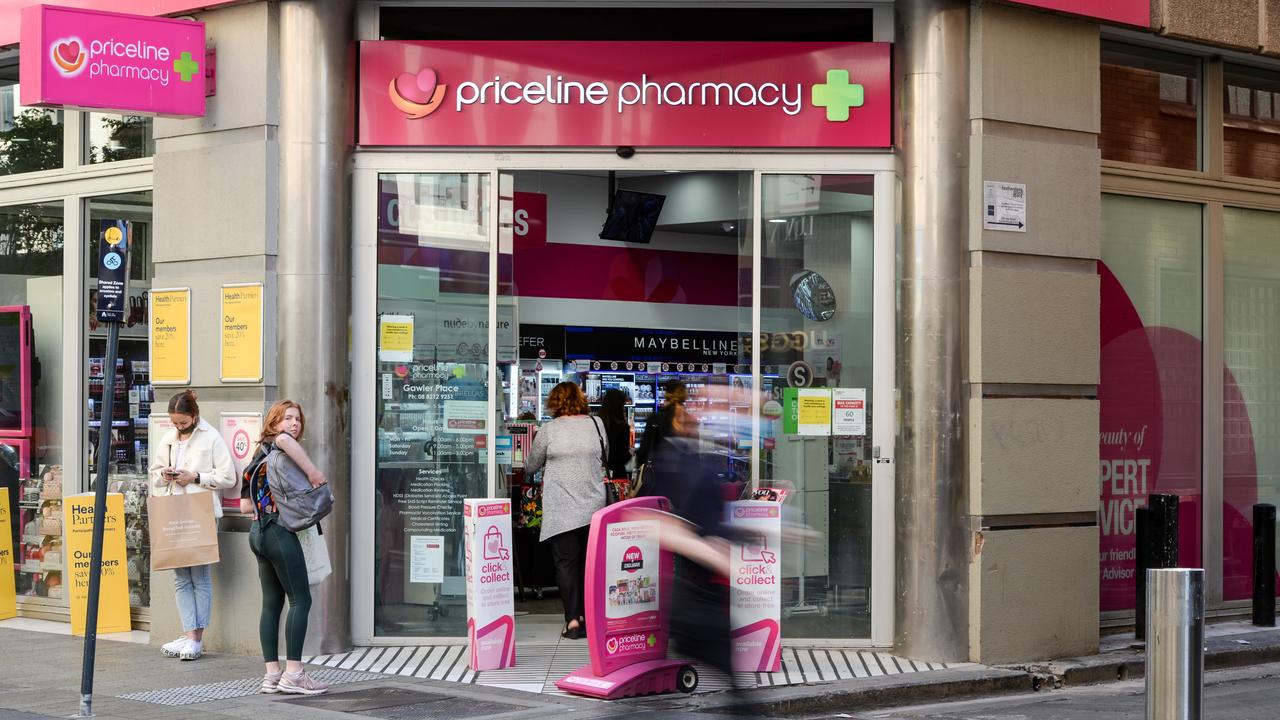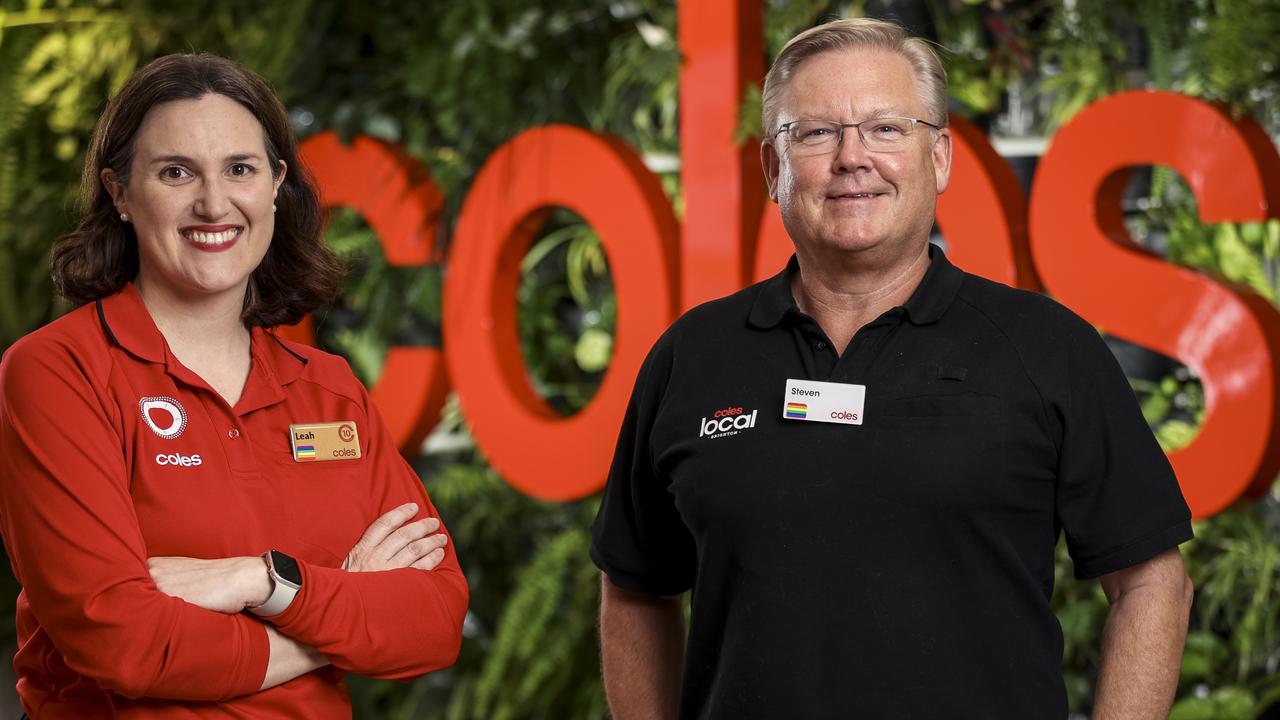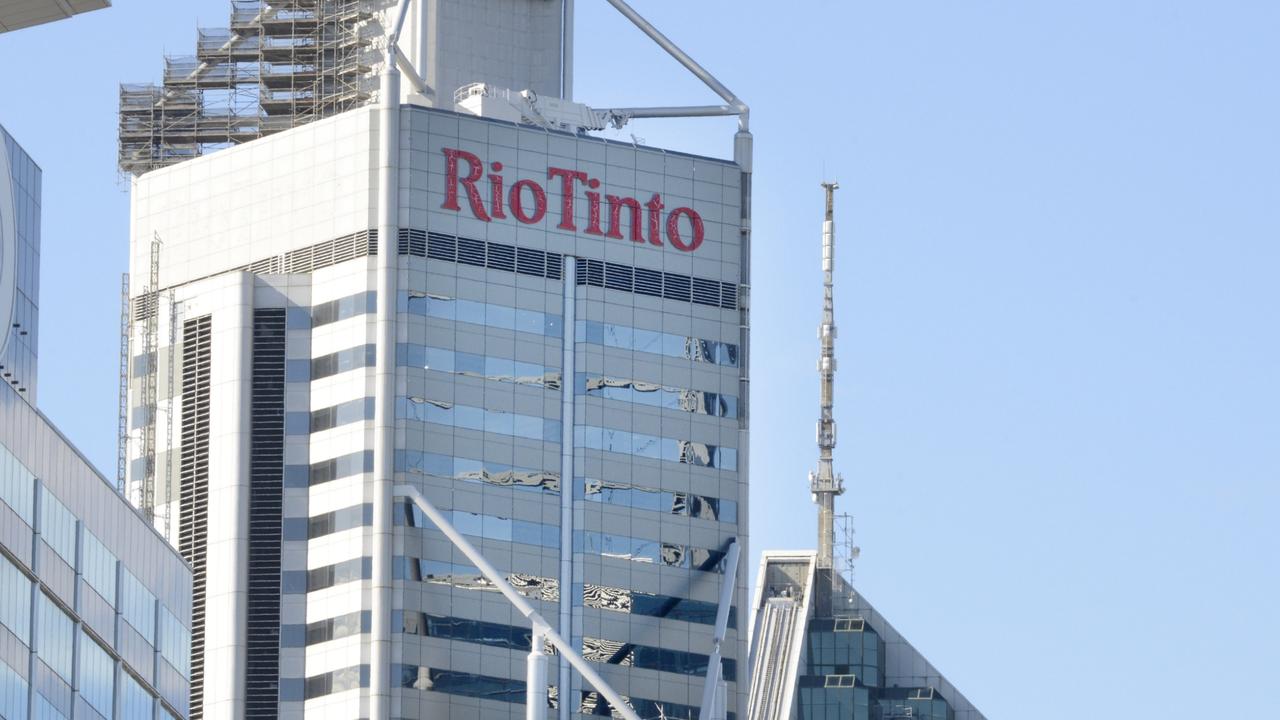Last of the conglomerates: Why Bunnings and Kmart owner survives
The retailing major wants to be big in everything from lithium to Botox. Here’s why CEO Rob Scott wants them all under the one roof.

Business
Don't miss out on the headlines from Business. Followed categories will be added to My News.
It will soon sell lithium to Tesla as well as light switches to tradies in Townsville. There’s weathershield paint and women’s perfume and iPhones and industrial grinding wheels. Welcome to the sprawling world of Wesfarmers.
The retailer that owns brands such as Bunnings, Kmart and Priceline serves millions of customers each week, is one of the nation’s biggest private sectors employers and generates rivers of cash.
But does it really make sense for the $55bn business that is spending up big to become a major player in the lithium battery boom to also want to dominate Botox?
That’s the puzzle of Wesfarmers, that it has thrived despite being built around a deeply unfashionable structure. Namely a single company owning all kinds of businesses that have little in common with one another all under the same roof.

The biggest conglomerate of them all, the 130-year-old General Electric, has in recent years called time on such structures as the US industrial stalwart declaring it was splitting into three companies built around its operating businesses: healthcare, energy and aviation.
Wesfarmers covers 34 brands, including joint ventures, spread across six operating divisions. These range from hardware, discount department stores, health and beauty, industrial supplies and chemicals (including lithium) gas and fertilisers.
There are potential synergies in some – such as homeware retailing and big box beauty. And in other areas there are simply none – selling home hardware while manufacturing polyvinyl chloride resins.
‘Bank of Bunnings’
The conglomerate will again come under focus on Tuesday when chief executive Rob Scott fronts investors for a day-long strategy briefing. But dominating the attention of markets will be lithium, the new big bet that is expected to deliver a growth engine as it taps into the green revolution.
Indeed in coming years a significant jump in profit contributions from lithium is expected to structurally change the make-up of Wesfarmers earnings. This will finally provide some diversification compared to the 64 per cent now delivered by Bunnings.
And while lithium is a way for Wesfarmers to reinvent itself for a rapidly changing economy, shareholders need to know mining won’t be anything like retailing. It is highly volatile that comes with commodity price risk and it is capital intensive. And mining has a whole new set of operational risks.
Still, Scott needs to convince investors that their Wesfarmers dollars are set to generate superior returns inside a conglomerate than if they were sitting in a monoline business.
It’s a tough argument to prosecute. Essentially Wesfarmers is asking shareholders to “trust us” that they have a better use for the rivers of excess cash that powerhouse Bunnings generates.

Today all that cash is being used to fund a $1bn lithium mine and processing plant in WA, or underpinning the hundreds of millions in combined losses from struggling online retailer Catch. It is also being put to use bankrolling acquisitions into new businesses where Wesfarmers has had little history such as health and beauty sectors.
But what Scott has been attempting to do is to find new income streams away from Bunnings to make Wesfarmers into more of a conglomerate again. However in doing so, Wesfarmers is behaving more like a hungry private equity firm with access to cheap funding through the Bank of Bunnings.
Since 2019 Scott has spent nearly $2bn on new businesses from the Mt Holland lithium joint venture ($776m) to Priceline owner API ($763m). Other deals include struggling online retailer Catch ($230m) and specialist hardware retailer Beaumont Tiles.
Wesfarmers is currently locked in a contested takeover bid for Botox and beauty chain Silk Laser Australia.
From where investors sit there are plenty of alternative lithium or e-commerce investment options they too could be choosing funded by a rich dividend stream coming out of Bunnings.
Coles split
There was hope early in Scott’s tenure that he was prepared to take a tougher line on the conglomerate structure. The $17bn spin-off of Coles in late 2018 was a defining moment for both Coles and Wesfarmers.
Indeed that decision by Scott has made both businesses better.
For investors Coles has added more than $7bn in shareholder value in five years. Before dividends, Coles’ shares have increased 41 per cent since listing and on total stock return Coles has delivered more than 13 per cent annualised. The broader sharemarket has returned 9 per cent over the same period on the same measure.
As a listed company away from the shadow of its parent, the supermarket is more focused with its own board and management team directly accountable to shareholders. It more finely balances capital returns against the need to make big ticket investments to support technology and home delivery. Any spare cash gets returned.

The real kick though has been the impact on Wesfarmers. For years the company’s shares were range-bound as Coles demanded as much investment as it generated in cash. Since the demerger Wesfarmers’ return on equity broke out from being stuck at around 10 per cent to last year pushing almost 30 per cent.
Despite the history with Coles on paper at least, the case for a break-up hasn’t yet been made by the market.
Equity analysts have a range of between $45 and nearly $57 a share on Wesfarmers mostly based around the value all its parts minus net debt. Given Wesfarmers’ closing price on Friday of $48.93 puts its right in the midpoint.
But as the Coles experience shows, there is latent value sitting on the balance sheet. Could Kmart or Officeworks thrive after being carved up into more focused entities? Would Bunnings be a better business? Should the Mt Holland lithium mine be worth more?
Earlier this month Scott fronted the Macquarie Australia conference and issued a strong defence of the conglomerate. He pointed out the primary objective of the sum of Wesfarmers’ parts is to deliver top quartile returns to shareholders over the long term – an objective he says it has been meeting.

Scott says Wesfarmers has put its own twist on the conglomerate model giving it a competitive advantage.
To start the company gives its six operating divisions autonomy to run their own businesses. Scott isn’t sitting at the top of the chain telling Bunnings to open a bigger store in Preston in Melbourne while expanding into the $6bn pet food retailing market. This is coming from the Bunnings boss Michael Schneider.
By operating as standalone units this enables the respective division heads to manage their businesses for the long term and respond quickly to business specific issues.
“We really see divisional autonomy as a powerful tool that drives accountability and focus within our divisions,” Scott said. The businesses inside Wesfarmers demonstrate “very strong performance relative to listed and standalone peers”, he added.
For businesses inside Wesfarmers meeting return targets they get access to growth investment. Those failing to hit the hurdles don’t get additional capital, instead they are expected to work with what they have with the funds better invested elsewhere. Wesfarmers also overhauls its business, exiting supermarkets, insurance, coal mining and even rail over the years.
All this helps overcome “the pitfalls of historical conglomerate models”, Scott says. It also “creates opportunities that aren’t available in monoline businesses be they listed businesses or privately owned businesses”.
Risks remain
The risks for Wesfarmers however are real and are not in private equity. The days of highly leveraged mega-deals are over for now. Rather it is through an activist shareholder clasping on to the share registry and not letting go until there is some form or more aggressive break-up.
New York-based hedge fund Elliott Management was the catalyst for significant change at BHP from the collapse of the dual-listing structure, the sale of oil assets as well as cash returns to investors. All this was through a stake representing less than 5 per cent.
To be sure though it was a longer-term play as Elliott worked to find the eventual pressure points but it certainly took on a company as big as BHP and unlocked a fountain of cash.
As long as investors believe Wesfarmers management and board have a better use for their funds then the Perth conglomerate will continue to defy history.
johnstone@theaustralian.com.au
More Coverage
Originally published as Last of the conglomerates: Why Bunnings and Kmart owner survives









